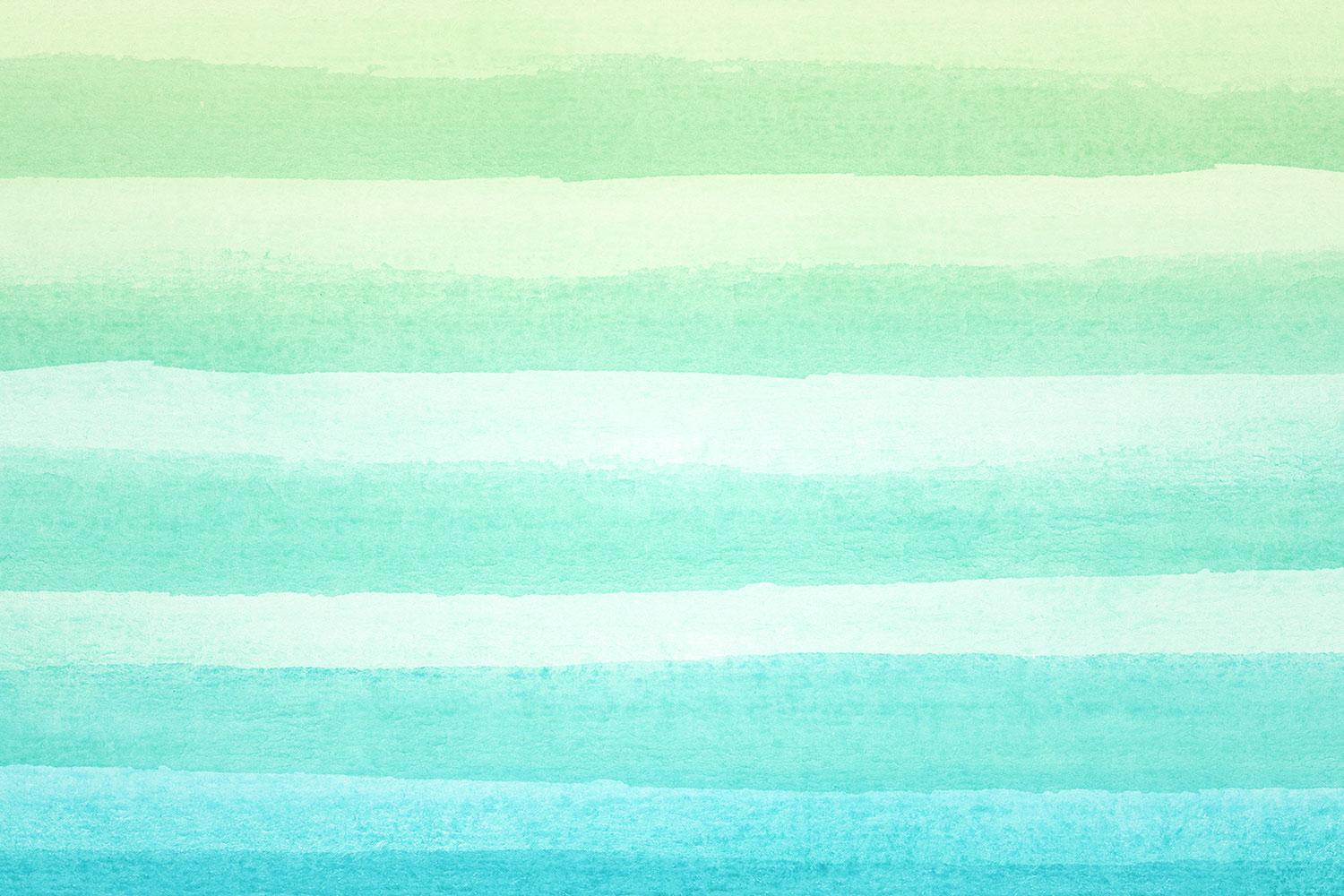
St. John Lice Alert
Lice
A case of head lice has been reported in the school.
INCUBATION PERIOD (the time between exposure to the disease and the appearance of symptoms): 7 to 14 days.
CONTAGIOUS PERIOD: As long as lice or eggs/nits are present.
EARLY SIGNS & SYMPTOMS:
Head lice are small gray or grayish-brown, flat-bodied, wingless, six-legged insects about 1/6th of an inch long. Lice and their eggs (nits) are found in the hair, close to the scalp, especially around the ears and nape of the neck. The eggs look like dandruff but are glued to the hair strand, whereas dandruff is easily removable. Lice survive on human warmth and by biting into the scalp, causing severe itching.
HOW LEAD LICE ARE SPREAD:
Head lice are spread from one person to another by direct contact with an infested person head or by contact with lice-infested items such as hats, hairbrushes, combs, towels, and bedding. They are easily spread to anyone, especially grade school children who frequently are in close contact and share items of clothing and combs.
CONTROL OF CASES:
Notify your school if your child develops head lice. Head lice REQUIRE special shampoo treatment AND REMOVAL OF ALL NITS.
PREVENTION:
Encourage your child -
· to wash his/her hands frequently
· NOT to share hats, combs, brushes, barrettes, hair ribbons or pillows
· to wash combs, brushes, etc., frequently in hot, soapy water
· to report itchy scalp
TREATMENT REQUIRED TO RETURN TO SCHOOL
1. Shampoo
Several shampoos to control lice are available on the market. All people in the household should be treated on the same day, even if the other members do not appear to have lice/nits. The treated person should put on clean clothes after shampooing.
2. Lice/Nit Removal
School requires nits/lice are removed from hair following treatment since it is not possible to determine if nits are dead or alive by observation. After shampooing use a good nit comb to comb the hair section by section. Then comb the entire scalp. Clean the comb between brushes/strokes. Dry the hair and inspect section by section. Nits appear as whitish teardrop shaped objects firmly attached to the shaft of a hair. Pull the nits off by taking fingernail and firmly pulling the nit all the way to the end of the hair. Manual removal of nits with a good nit comb, manual extraction with fingers, or a combination of both is recommended using a bright light or outside light if possible. All persons treated should be treated again for a second time in 7-10 days or as the package directions indicate.
It is important for Parents to perform head checks on their child(ren) each time they receive this letter or suspect they may have been exposed to head lice. Children should also avoid hugging other children in their class while cases of head lice are present. Avoid stacking winter coats and accessories on top of other coats (school and home) to also prevent transmission. Avoid sharing of personal items as previously discussed.
You can also go to https://www.liceclinicsofamerica.com/ and make an appointment to have professional check things out.



